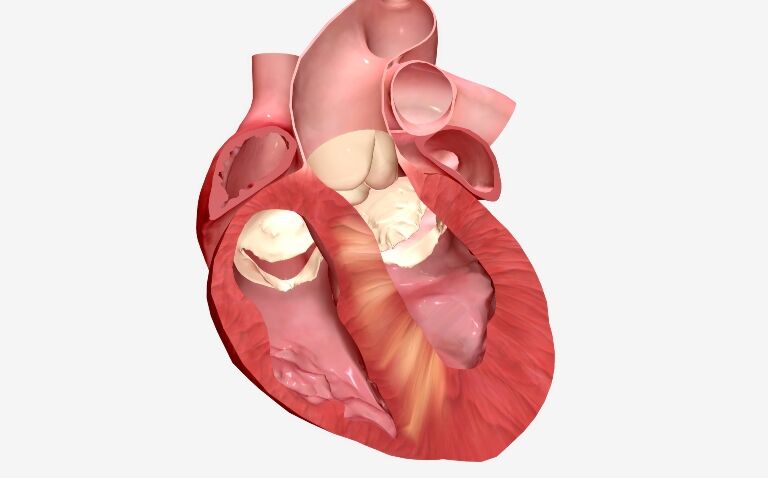Using two cutting edge heart scanning techniques to scan patients with hypertrophic cardiomyopathy (HCM) has enabled the identification of microstructural and microvascular disease changes that can serve as early-phenotype biomarkers for the condition.
Patients with HCM are at an elevated risk of heart failure and sudden death, highlighting the need to identify those with the condition early. Fortunately, this has now become a step closer following the publication of a study by a team from Barts Health NHS Trust in the journal Circulation.
Both myocyte disarray and microvascular disease (MVD) have already been implicated in adverse events in patients with HCM. As a result, the Barts team measured myocardial microstructure and MVD in three groups of HCM patients: those with overt HCM; those who were genotype-positive (G+LVH+) or genotype-negative (G-LVH+) for HCM and subclinical (G+LVH-) HCM. The researchers also included a group of healthy, match controlled patients.
All individuals underwent a 12-lead ECG, plus cardiac MRI perfusion (perfusion CMR) to measure myocardial blood flow, perfusion reserve and perfusion defects, and cardiac diffusion tensor imaging (cDTI) measuring fractional anisotropy for which lower values were expected with more disarray.
Hypertrophic cardiomyopathy scanning outcomes
The analysis included 206 subjects: 101 patients with overt HCM (51 G+LVH+ and 50 G-LVH+), 77 with G+LVH- and 28 matched healthy volunteers.
When compared against health volunteers, those with overt HCM had evidence of significantly altered microstructure, including lower fractional anisotropy, higher mean diffusivity and higher second eigenvector angle and for which p < 0.001 in each comparison.
Similarly, overt HCM patients had significant changes in microvascular parameters (again all p < 0.001), including lower stress myocardial blood flow and myocardial perfusion reserve.
Patients with G-LVH+ were similar to those with G+LVH+ but had elevated second eigenvector angle (p <0.001 after adjustment for left ventricular hypertrophy and fibrosis). In overt disease, perfusion defects were found in all G+ but not all G- patients.
In those with G+LVH- compared with healthy volunteers, there were similar alterations in the microstructure, although to a lesser extent, and MVD changes with perfusion defects in 28% versus 0 healthy volunteers.
In fact, disarray and MVD were independently associated with pathological electrocardiographic abnormalities in both overt and subclinical disease after adjustment for fibrosis and left ventricular hypertrophy.
The researched suggested that microstructural alteration and MVD occur in overt hypertrophic cardiomyopathy but are different in G+ and G- patients. Measurable changes in myocardial microstructure and microvascular function are early-phenotype biomarkers in the emerging era of disease-modifying therapy, they added.
Commenting on the research, lead author Dr George Joy, a clinical research fellow at Barts Heart Centre and University College London, said: ‘The ability to detect early signs of HCM could be crucial in trials testing treatments aimed at preventing early disease from progressing or correcting genetic mutations. The scans could also enable treatment to start earlier than we previously thought possible.
‘We now want to see if we can use these scans to identify which patients without symptoms or heart muscle thickening are most at risk of developing severe HCM and its life-changing complications. The information provided from scans could therefore help doctors make better decisions on how best to care for each patient.‘










